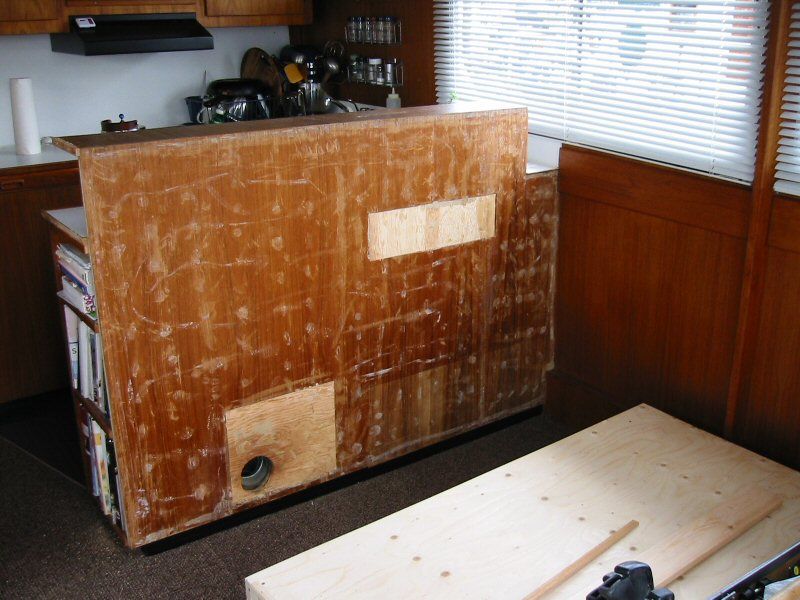Question
I have been making cabinet doors for smaller jobs with a router table and bit set for quite some time. When I need a large quantity, I outsource them. The bits for the stiles, rails and panel cutter all have rub collars on them and setup has never been an issue. I have had a Delta 3hp shaper with a power feeder for some time and I finally decided to try making doors on it, for smaller runs.
How do you set up the fence for the correct depth of cut? I tried numerous times running sample pieces that would start out fine but as the piece exited the feeder there would be a bit of snipe. I gradually worked the fence forward to where the snipe disappeared and I had a nice smooth cut. With the router setup and fence, the bearing assisted me with the depth alignment but I am not sure I am setting it up correctly on the shaper.
Are there any foolproof ways of setting up the shaper or is what I did the best way to go about it with the samples?
Forum Responses
(Cabinetmaking Forum)
From contributor A:
Try profiling the fence to the cutter. That should take care of the snipe.
Sometimes the simple way is the best way. The shaper with feeder, an outboard fence, and shaper cutters, (not router bits in a collet) should give you a much better quality of cut than you could ever achieve on your router table. By the way, I learned this method here at WOODWEB, and you can probably get additional info if you search the archives.
A similar method is to shim or adjust the outfeed fence relative to the infeed side. Like a jointer, the outfeed side must again be properly aligned with the deepest part of the cutting circle (knife). This method will insure a full cut as you will be cutting away a predetermined amount of material from the width, which should be accounted for when you prep your stock.
Another method is to “trap” the work piece between the cutter and fence. This has a couple of advantages. The piece guides on the edge opposite the one being cut, so snipe is all but eliminated. This is the only method that will dimension the width of the piece, and like the second method above, the piece can be prepared a bit wider so a full cut or profile is insured. This method is somewhat atypical and requires a bit more elaborate setup if it is to be done safely and provide dust collection. A dedicated jig is my recommendation. This method also provides a very useful way to clean up the edges and dimension the width for preparing stock.
I use the first two methods more often than not, as most of my work is custom and small quantities. It is easy and what I am used to. Depending on methods of work and personal preference, any one will work as well as the other.
